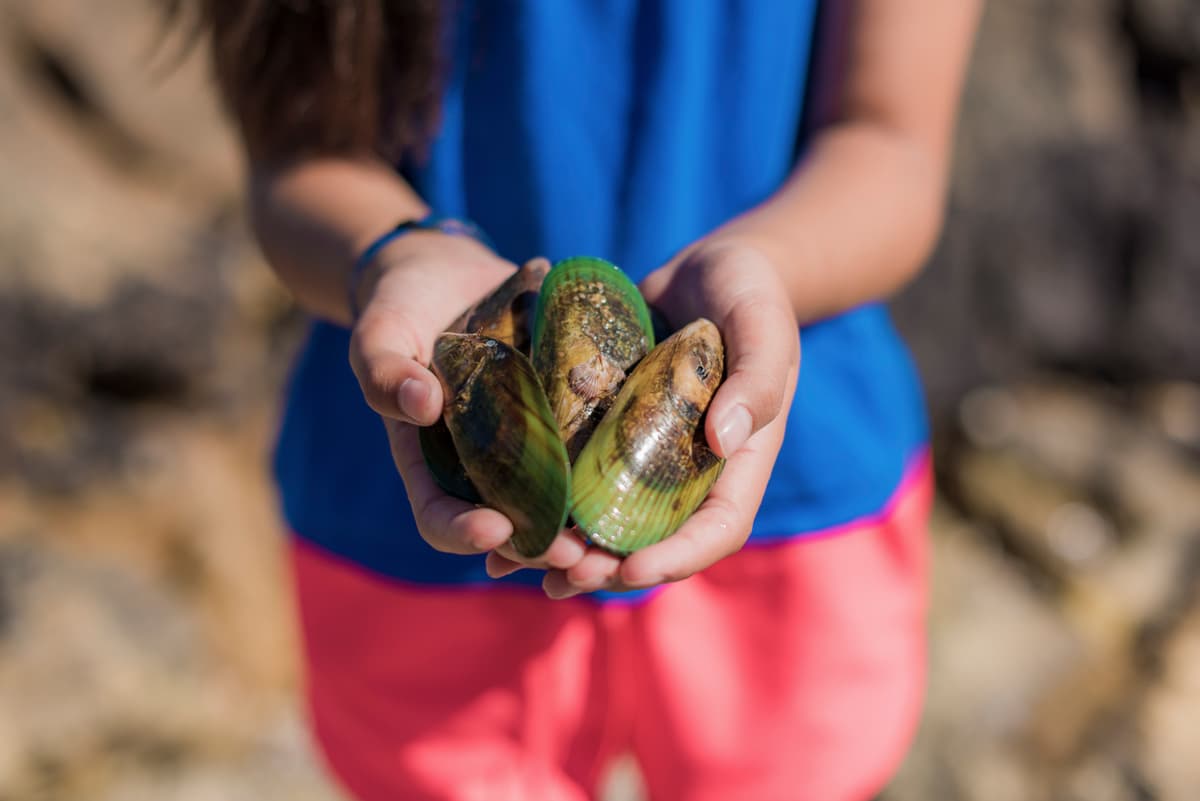Related projects & activities


Law CS, Barr N, Gall M, Cummings V, Currie K, Murdoch J, Halliday J, Frost E, Stevens C, Plew D, Vance J and Zeldis J November 2020
Two mitigation strategies – waste shell and aeration – were tested in field experiments to see how effective they are at mitigating acidification around mussel farms. This report outlines the results and recommendations from this research.
Within the scope of this study the application of waste shell has minimal potential for ameliorating ocean acidification within mussel farms. Alternative applications of waste shell, such as incorporation within the matrix of dropper lines and calcination to produce lime may represent more effective ways of using waste shell. CO2 removal by aeration has limited potential for raising pH over a mussel farm, although further studies could investigate the potential of microscale aeration within dropper lines, and other potential “bio-buffering” options such as macroalgae beds upstream of mussel farms.
